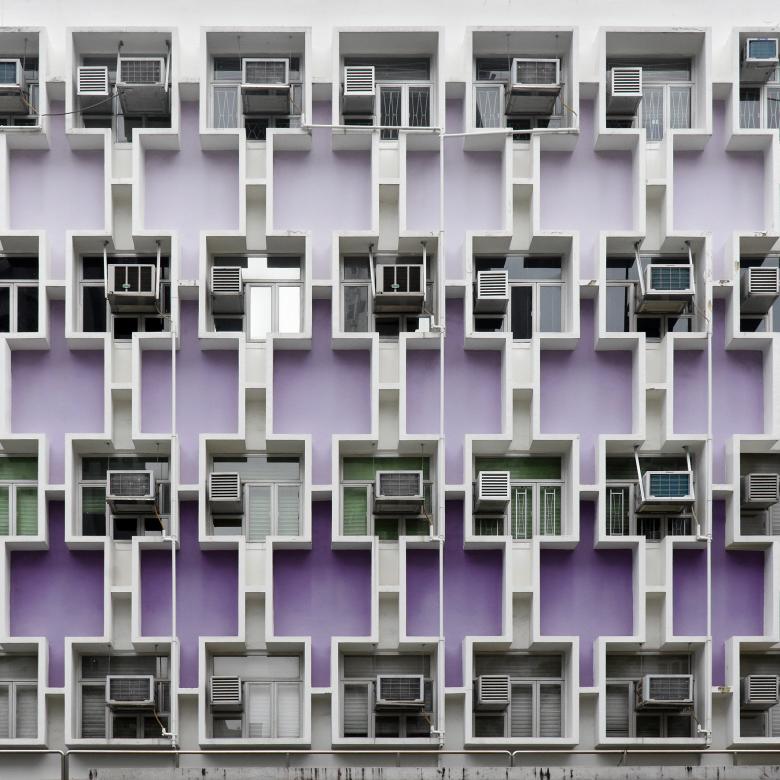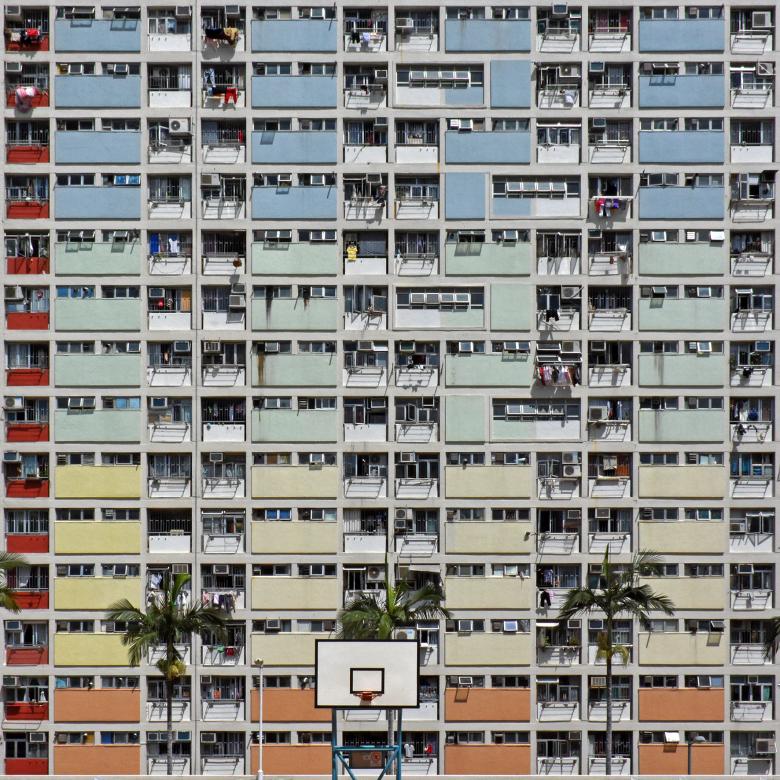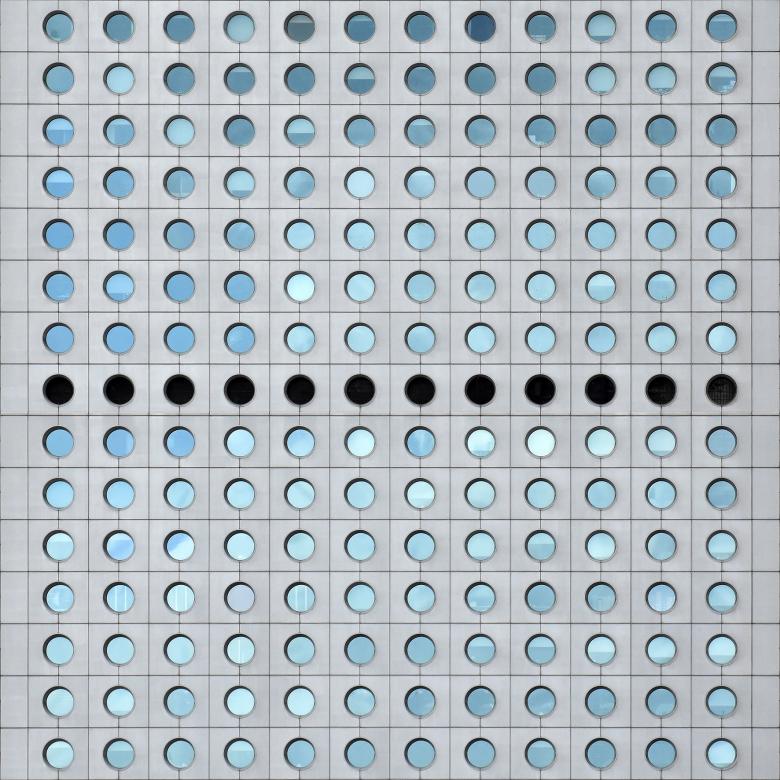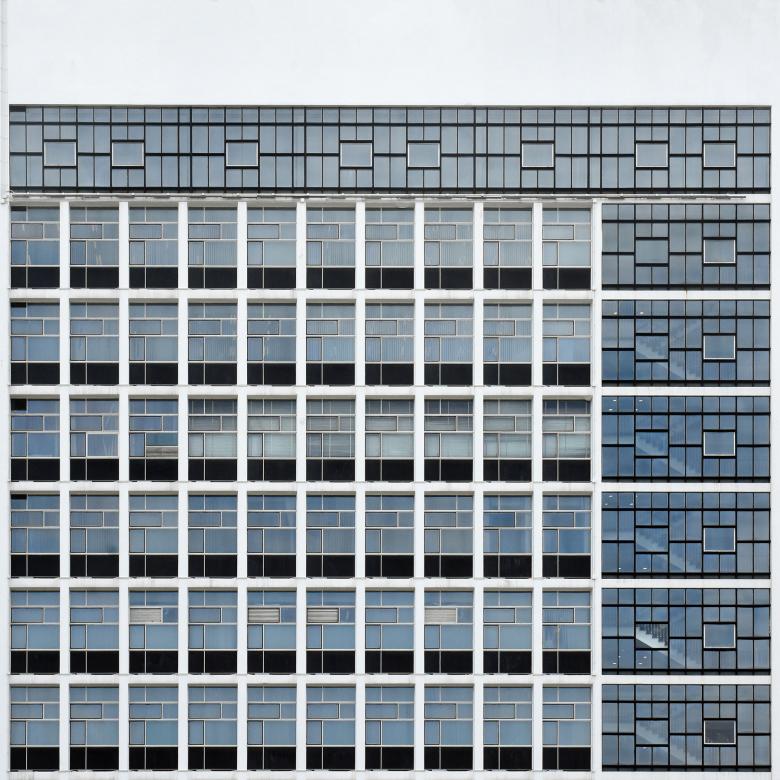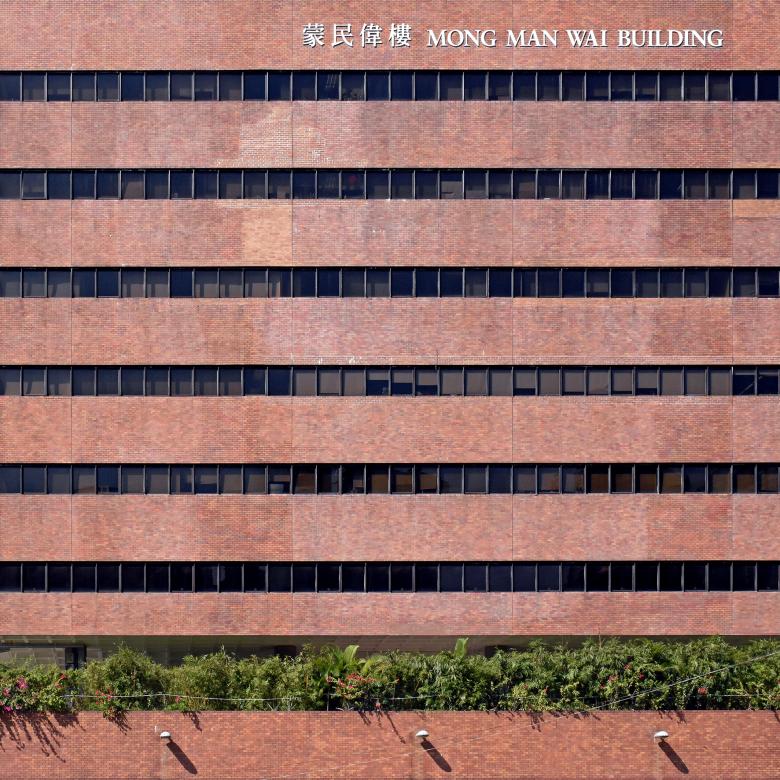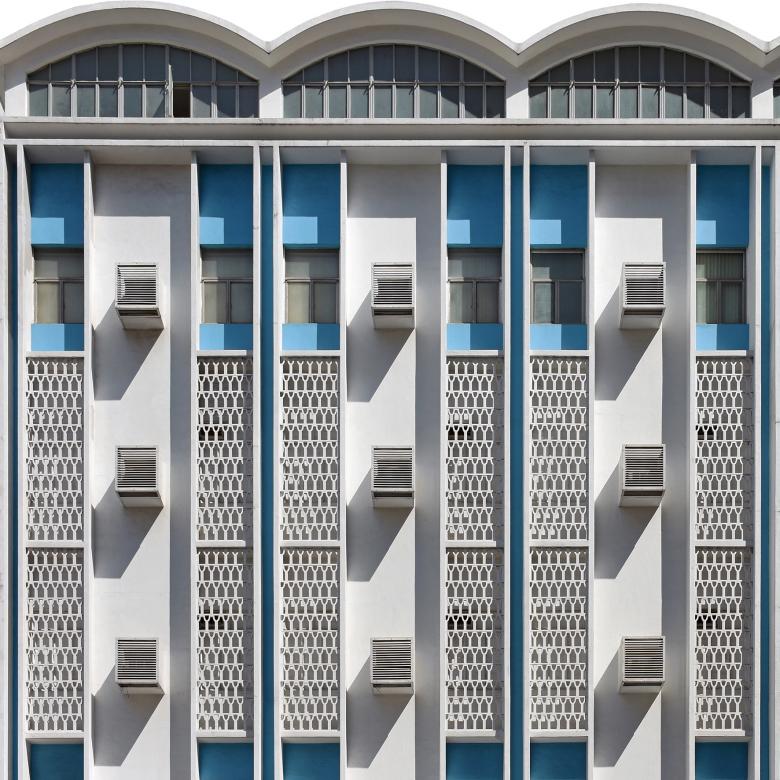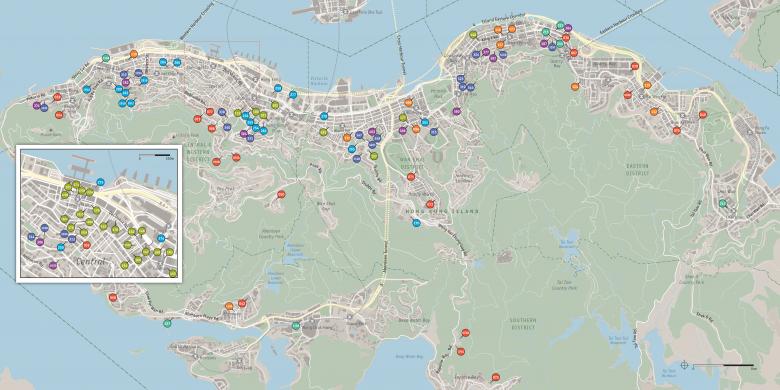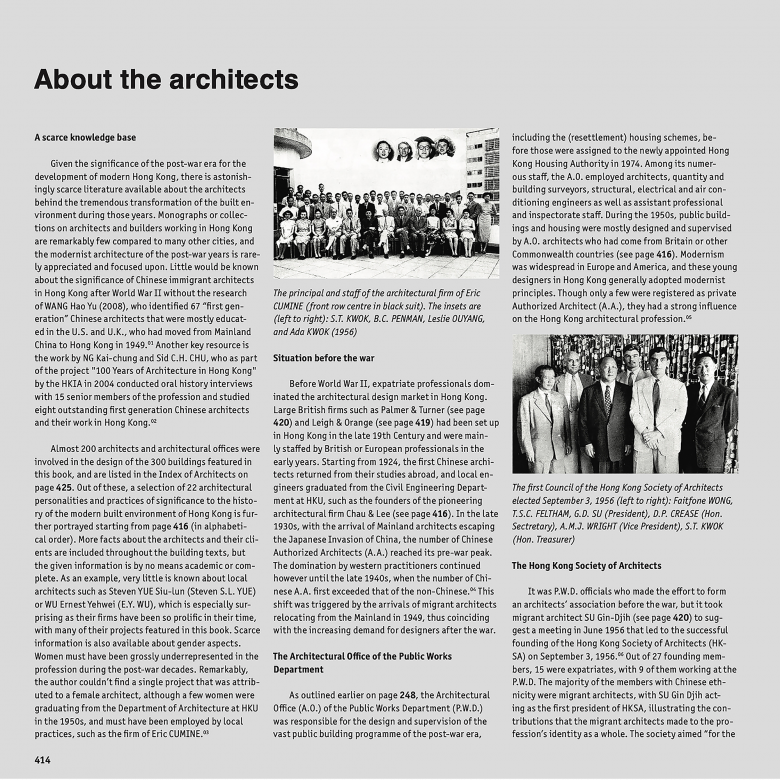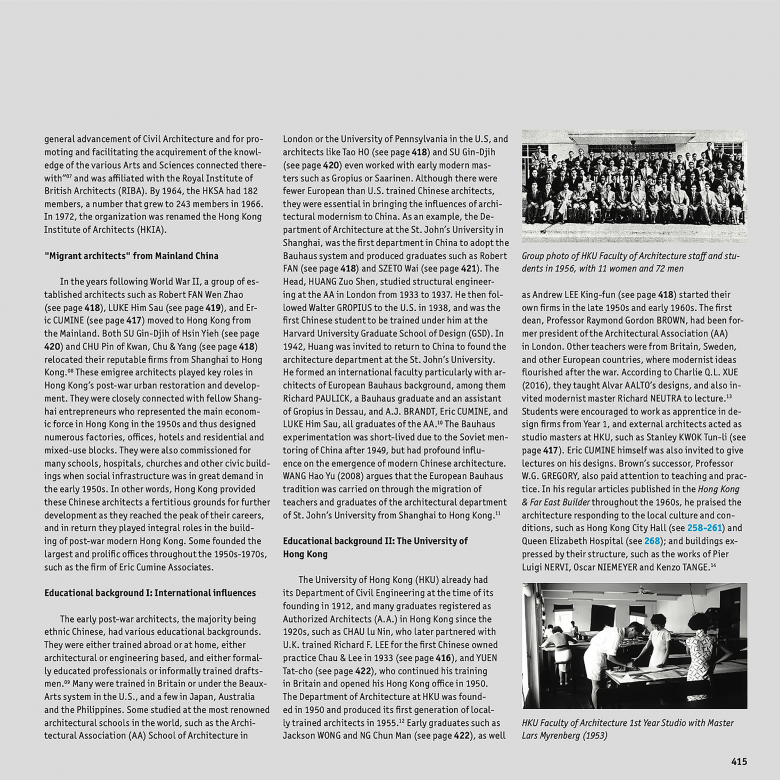Book Review: Hong Kong Modern
Eduard Kögel
13. June 2022
Wanchai Kei To Primary School (Photo © Walter Koditek)
Eduard Kögel reviews Walter Koditek's HONG KONG MODERN, Architecture of the 1950s–1970s, which documents more than 300 buildings and ensembles and, per DOM Publishers, "gives an unprecedented comprehensive overview on the architecture of that transformative period" in Hong Kong.
Architecture and urban planning in Hong Kong are often presented as a role model for other Asian cities: due to the building density achieved, the public transport infrastructure or simply because of the pragmatic approach taken in architectural design. Every visitor carries his or her own impression of the city’s character. But who were the architects of the seemingly anonymous high-rises, the seemingly replicated façades and the incomprehensible density? If you go in search of this information, you will not find much. Many years ago, the DAM in Frankfurt organised an exhibition on Hong Kong architecture entitled “Aesthetics of Density”, but this did not focus on the architecture in any great depth and so did not provide much illumination on either the architectural development or history.
Choi Hung (Photo © Walter Koditek)
In recent years, the German urban planer Walter Koditek photographed the façades of everyday modernist buildings built between the 1950s and 1970s. In addition, he has researched the architects, summarised their biographies and, together with historical photographs, compiled all this information in a book. In just under 450 pages, Koditek’s book does not claim to comprehensively document the entire period, but rather to illustrate the history of development in more than 300 buildings divided into seven categories; namely, residential, commercial, industrial, public, school, religious and hybrid buildings.
Jardine House (Photo © Walter Koditek)
The 1950s to 1970s are of great interest because Hong Kong had only 600,000 inhabitants after the Second World War but grew to three million within five years. Therefore, the city had to create new areas for living, working, education and religion within a few years. The main reason for the increased population was the influx of refugees from neighbouring China, who were fleeing the civil war between Chiang Kai-shek’s Nationalists and Mao Zedong’s Communists. These refugees were accompanied by architects, mostly from Shanghai – both British, such as Palmer & Turner who had already had an office in Hong Kong since the 19th century, and Chinese, such as LUKE Him Sau, CHU Pin, Eric CUMINE and Robert FAN Wenzhao – who found a new field of activity in the construction of the British colonial metropolis.
City Hall (Photo © Walter Koditek)
The introductory section to the book contains insightful essays by authoritative voices on Hong Kong architectural history, Cecilia L. CHU, Eunice SENG, Ying ZHOU and Charles LAI. The bulk of the book is given over to the seven building categories mentioned above. Each category is assigned a colour code. The first category is on residential buildings and begins with an informative summary of 42 projects across four pages, followed by full-page colour photographs taken by Koditek showing the current condition of each of the building façades. Depending on the degree of use and state of construction, the parasitic character of add-ons, such as small air-con machines, brings an animating element to the rigid façade geometries. Another block over several pages follows the photographs to conclude the category with a quarter- to half-page description of each of the projects that documents additional aspects and includes up to three black-and-white, partly historical photos (or, in a few cases also model photos or perspective drawings). Colour-coded numbers in the texts make it possible to cross-reference to the photographs. In the form of an architectural guide, the names of the buildings and their architects as well as the dates of construction and reconstruction are mentioned, and the history of construction and use is explained in the text.
HK PolyU (Photo © Walter Koditek)
At the end of the book there is a short section on the most important architects of this period. This makes the people behind the buildings recognisable. Often trained in the USA or Great Britain, and some of them active in Shanghai until the end of the Second World War, these architects gave post-war Hong Kong a new face. Hong Kong University opened an architecture faculty in 1950 with the first locally trained architects graduating in 1955, though it remained dominated by British teachers for many years. A total of 22 architects or partnerships (no female architects are included) are presented in this section of the book, showing that there were different signatures. What they all have in common is that they cultivated a very abstract architectural expression within the period from after the Second World War to the 1970s, which reflects the economisation, industrialisation and mass production of Hong Kong’s building industry in that time.
HK Funeral Home (Photo © Walter Koditek)
The projects of particular architects are certainly worthy of further study: such as those by Eric Cumine whose office was responsible for over 800 projects; or those by Palmer & Turner (now known as P & T Group) who not only left their mark on architecture in Hong Kong and Shanghai, but also in many other places in Southeast Asia; or the interesting architect Chu Pin, who ran the Kwan, Chu & Yang office in the Chinese republican era together with Kwan Sung Sing and Yang Tingbao. While Kwan went to Taiwan after the civil war, Chu emigrated to Hong Kong, where he continued to run the firm with the original name. Yang remained in the People’s Republic and is regarded there today as one of the most important architects of the 1930s and 1940s. The other two partner architects are only marginally acknowledged. If one sees Chu’s projects in Hong Kong, it becomes clear that he too was a very talented architect and that the history of the firm up to 1949 needs critical re-examination and discussion.
Map spread
So, there are still many unanswered questions, but Koditek’s book provides suggestions and highlights aspects that have not yet been discussed in this detail. Above all, his contemporary photos are a comprehensive visual resource. When studied closely, they reveal the nuanced differences as well as individual forms of expression that all too often disappear in the perceived chaos of the real city’s everyday appearance. Due to its size and weight, the book certainly cannot be used as a typical architectural guide, but it nonetheless provides important insights into the architectural history of Hong Kong and offers a fresh perspective on the design of the large building form in Asia, which in its endless repetitions is easily dismissed as dull. The book addresses the history of architectural development, naming the designers and thereby allowing architecture to regain its distinctiveness in critical discourse. It thus provides an important contribution to the understanding of architectural development in Hong Kong. This also makes it possible to follow the traces of this anonymous architecture and discuss its role model function in Asia.
Sample about the architects
Sample about the architects
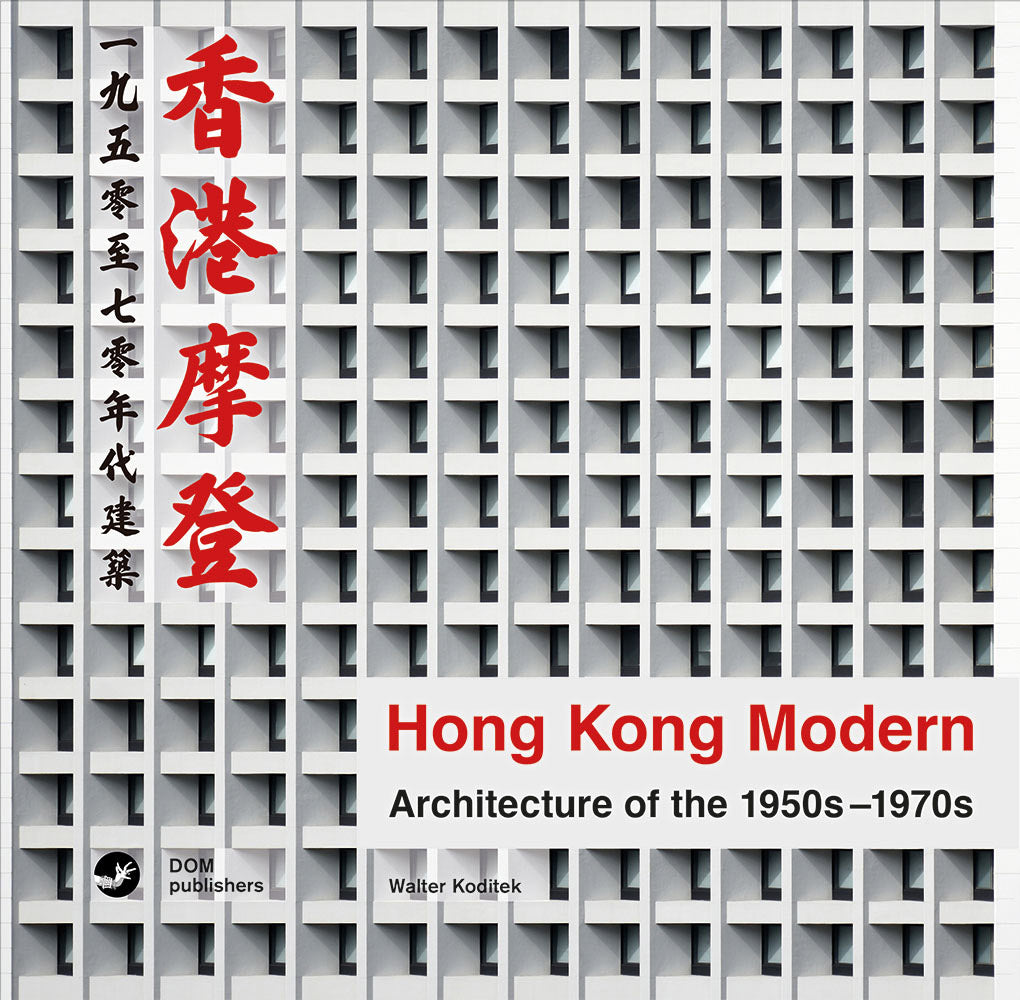
Hong Kong Modern: Architecture of the 1950s–1970s
Walter Koditek
With contributions by Cecilia L. Chu, Eunice Seng, Ying Zhou, and Charles Lai
250 x 250 mm
448 Pages
850 Illustrations
Hardover
ISBN 9783869227986
DOM Publishers
Purchase this book
Related articles
-
More Than Curtains
4 weeks ago
-
Optimism About the Future of Urbanism
2 months ago
-
The Anatomy of 'Humanise'
on 11/15/23
-
Exploring the 'As Found'
on 10/23/23
